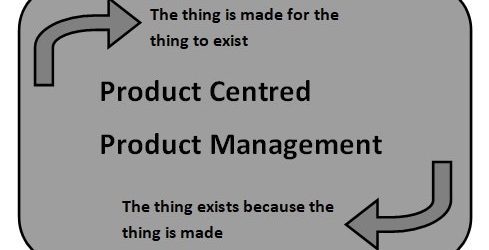A community project start is delayed so I have some materials building up and this is a post sharing one of them. Three workshops for a community The community development project is using workshops to explore where people are now and where they hope to be. From my experience with both civic assemblies and hopeful […]
Author: Alastair Somerville
Anxious Conversations?
Could Anxious Conversations be a useful process like Active Listening? How do we provide a structure for thinking about what is stressful to a person and how to establish some mutual rules on how to stop/start conversation? I am wondering about new workshop tools after finishing Naomi Alderman’s book ‘Don’t burn anyone at the stake […]
The Fold Up table and creating new Commons
Losing a New World to own and exploit I was reading news yesterday that Meta is cutting funding to its Virtual Reality Metaverse project. The creation of a new space they controlled and could capitalise on all interactions within. The dream of building new digital territory to exploit is lost after vast amounts of money […]
Breaking Action: the need for something to break for Hope
I am reading Rhiannon Firth’s Disaster Anarchy. It is a study of community reactions to disasters like Hurricane Sandy and Covid. This quotation comes from the Conclusion. However, as the state withdraws, spaces are created for experimenting with new values, economic models, forms of life, etc. Utopias help us to transgress hegemonic ‘common sense, pointing […]
Hope, in the past and future
Talking with prospective client about some workshops about Hope, resentment and public engagement. The above image is just a sketch of two ideas needed to enable hope. Well Grounded There must a solid grounding in the past. A respect for traumas and regrets that burden at the start. There is a need to go backwards […]
AI as the perfect product for Product Management
As User Experience (UX) died away, Product Management took over and as it progressed any idea of Human Centredness fell away too. Human Centred Design was always hard for organisations to deal with: it centred control and meaning outside of the direct lines of management, it demanded listening to voices outside of the established systems […]
Walking back to Hope
I attended an Active Hope workshop yesterday run by Linda Aspey. It’s a theory I had not encountered before. I was looking for a clearly communicable story of positive hope. ‘Better stories’ is often mentioned when people worry about the current preponderance of doom or authoritarian narratives. What they mean by ‘better’ can be a […]
Sensory Maps – exploring accessibility together
A one or two day walking workshop around a museum, transport hub or visitor attraction with staff is a good way to develop a map of what is known to be problematic and what solutions are currently offered. Maps show value. The sensory map is a start. It provides a sense of place as perceived […]
One map is never enough
Thankfully I just lost a bid for some museum work. It was for a tactile map of a museum that opened a few months ago in London. The bid documentation was filled with red flags as a project. What it did remind me of was how important it is to tell organisations that one map […]
Resilience in crises and actively asking for help
I was reading a research paper on social identities during crises: Facilitating Collective Psychosocial Resilience this week. It makes interesting point about Active Bystanders. People who are present in the place and the time and activated to take action either because they perceive how their capacities become communal capabilities then or because they are asked […]






